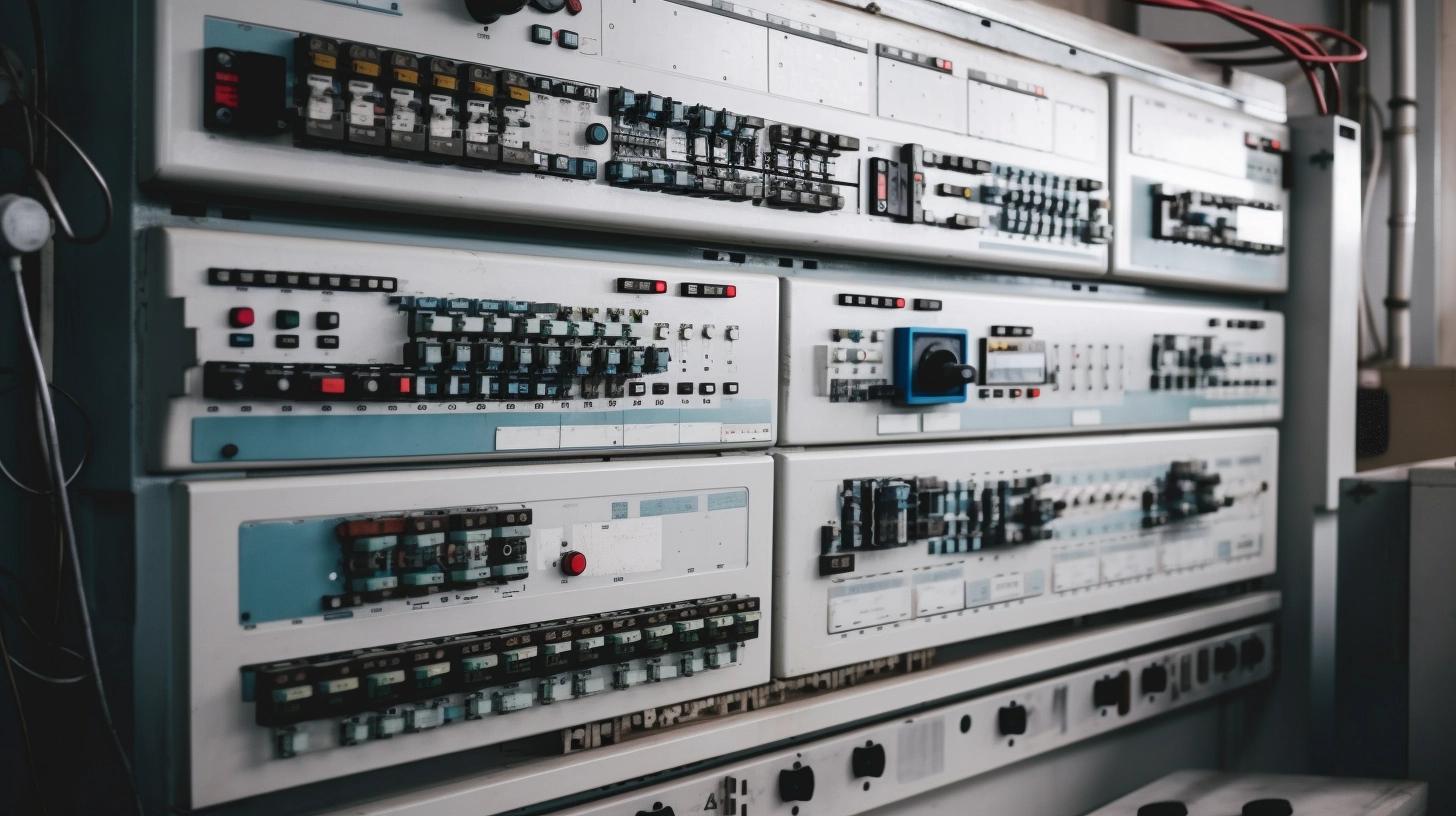
The Difference Between Programmable Logic Controller (PLC) and Programmable Automation Controller (PAC)
Automation has become a vital aspect of industrial processes, enabling companies to achieve greater efficiency and productivity. Two technologies that play a crucial role in automation are Programmable Logic Controllers (PLCs) and Programmable Automation Controllers (PACs).
In Australia, where industry automation is rapidly evolving, understanding the differences between these controllers and their functionalities is crucial in optimizing processes. This article will explore the roles of PLCs and PACs in automation and highlight their benefits and distinctive features. Additionally, we will discuss their impact on the advancement of industry 4.0 in Australia, providing insights into which controller is best suited for specific automation needs.
Understanding Programmable Logic Controllers and Programmable Automation Controllers
In the world of industrial automation, Programmable Logic Controllers (PLCs) and Programmable Automation Controllers (PACs) are essential technologies for controlling and monitoring automated processes. Both PLCs and PACs allow for accurate, reliable, and efficient automation, helping industries in Australia to become more competitive in the fast-paced world of Industry 4.0.
At their core, PLCs and PACs are computer-based controllers that automate processes by receiving input from sensors, processing that input with a specific logic, and controlling output devices such as motors, valves, and relays. PLCS have been around since the 1960s, and PACs were developed in the late 1990s to provide enhanced capabilities.
PLCs generally have a fixed set of inputs and outputs, making them ideal for smaller applications. In contrast, PACs offer a higher level of programmability and flexibility, enabling them to scale up for larger and more complex automation processes. PACs also have advanced communication capabilities, allowing them to integrate with other systems, making them ideal for Industry 4.0 applications.
Another key difference between PLCs and PACs is their programming languages. PLCs typically use ladder logic, while PACs can use ladder logic, structured text, function block diagram, and other high-level programming languages. This flexibility allows PACs to be customized to meet a wide range of automation requirements.
In summary, Programmable Logic Controllers and Programmable Automation Controllers are vital tools for automation in Australia. Understanding their specific functions, applications, and differences will help industries determine which technology is best suited to their requirements. Furthermore, embracing these technologies will enable Australian industries to take full advantage of the opportunities presented by Industry 4.0.

Differentiating Programmable Logic Controllers and Programmable Automation Controllers
Programmable Logic Controllers (PLCs) and Programmable Automation Controllers (PACs) are essential components of industrial automation in Australia. While they share some similarities, they differ in their programming capabilities, communication protocols, scalability, and flexibility.
PLCs are ideal for controlling discrete processes such as assembly lines, packaging lines, and material handling equipment. They are designed to monitor inputs and outputs, execute logic functions, and communicate with other devices. PLC programming languages are ladder logic, function block diagram, and structured text.
On the other hand, PACs are more versatile and scalable, making them suitable for motion control, process control, and complex automation. They have the same capabilities as PLCs, but with additional features such as high-speed data acquisition, advanced motion control, and customizable function blocks. PAC programming languages are C, C++, and IEC 61131-3.
Another key difference between PLCs and PACs is their communication protocols. PLCs use established protocols such as Modbus, Ethernet/IP, and Profibus, while PACs support a broader range of protocols such as OPC-UA, MQTT, and EtherCAT. This difference enables PACs to integrate easily with different devices and systems.
Finally, PLCs are limited in their scalability and flexibility. They are designed to handle a specific number of inputs and outputs and are not easily expandable. PACs, on the other hand, can handle a higher number of inputs and outputs and are highly flexible, allowing for the addition of modules and expansion of the control system.
In summary, while PLCs and PACs share some similarities, they differ in their programming capabilities, communication protocols, scalability, and flexibility. By understanding these differences, businesses can determine which controller is best suited for their specific automation needs in the evolving automation landscape of Australia.
Read More

Lorem ipsum Lorem ipsum Lorem ipsumLorem ipsumLorem ipsumLorem ipsum
2 Nov 2023 3 min read

Lorem ipsum Lorem ipsum Lorem ipsumLorem ipsumLorem ipsumLorem ipsum
2 Nov 2023 3 min read

Lorem ipsum Lorem ipsum Lorem ipsumLorem ipsumLorem ipsumLorem ipsum
2 Nov 2023 3 min read
